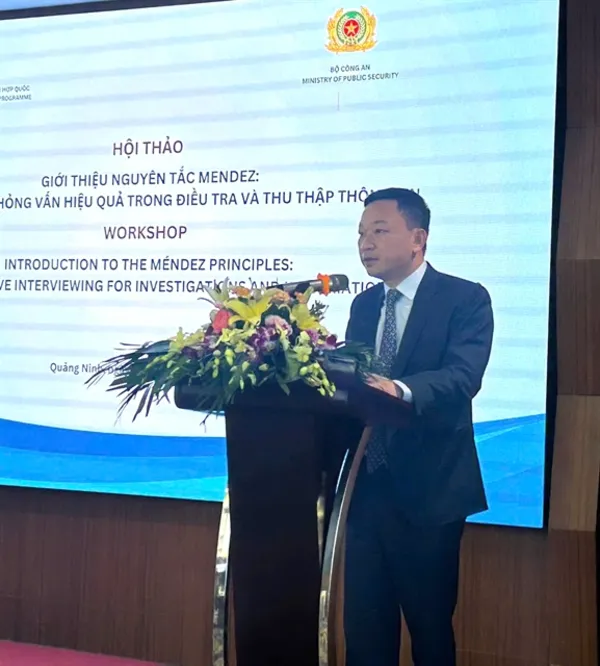 Opinion
Opinion

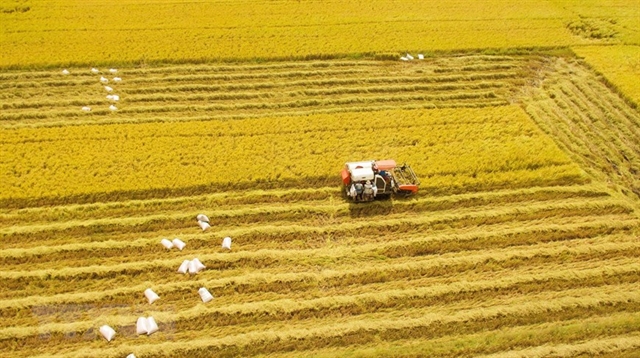
|
| A rice field in Vị Thủy District in the Mekong Delta province of Hậu Giang. VNA/VNS Photo |
Deputy Minister of Agriculture and Rural Development Trần Thành Nam speaks with Voice of Vietnam (VOV) about sustainable production across one million hectares (ha) of high-quality rice fields.
Can you please tell us about the projects on large raw material areas that the Ministry of Agriculture and Rural Development is implementing to realise Việt Nam's Strategy for Sustainable Agriculture and Rural Development 2021-2030, with a vision to 2050?
Over the years, Việt Nam's rice sector has made important achievements. So far, 80 per cent of areas specialising in rice production have been certified, meeting domestic consumption and export requirements.
To achieve sustainable development and high-quality rice production areas, it is necessary to increase rice product values and increase rice farmers' incomes.
Therefore, the Ministry of Agriculture and Rural Development is developing a project on high-quality rice production areas that would increase product values and reduce greenhouse gas emissions, as the Prime Minister committed to at international environmental conferences, particularly COP 26.
The high-quality rice areas must satisfy factors relating to rice varieties, sustainable farming, value chains, mechanisation, digitalisation and traceability.
Firstly, the rice varieties must be certified to meet the increasing requirements of domestic and international consumers. This means that the rice varieties must ensure food security, meet consumers' nutritional needs and deep processing, and create value-added products from rice.
Secondly, sustainable farming must reduce greenhouse gas emissions, save resources and conserve the ecosystem.
Thirdly, cooperation and association among farmers and co-operatives will be promoted to reduce production costs, increase values, and ensure benefits for involved parties.
Fourthly, large-scale, high-quality rice areas will be mechanised and invested in for a more synchronous infrastructure system. Digitalisation, traceability and integrated technologies would facilitate disease prevention, control, and automatic watering.
High-quality rice production not only benefits farmers but also applies sustainable farming, which contributes to reducing greenhouse gas emissions, saving resources, and reusing rice by-products.
What are the roles and responsibilities of stakeholders in developing high-quality rice material production areas?
Forming high-quality rice production areas requires joint efforts from authorities, industries and agencies, particularly in planning and support mechanisms.
Industry associations and businesses play a leading role in sourcing input materials and consuming output products to ensure agricultural products' quality, efficiency and added value.
Rice farmers and co-operatives directly play a role in the production and reorganising production according to standardised processes. The agricultural extension force also plays the role of a bridge to transmit scientific and technological knowledge and policy of the State to farmers.
Support from domestic and international research institutes, universities, and international organisations (especially the International Rice Research Institute) is also needed to transfer scientific and technological achievements and orient the development trend of rice production according to global market demand.
What is planned to do to carry out the project on one million ha of high-quality rice?
The Prime Minister assigned the ministry to develop the project on one million ha of high-quality rice production. We asked agencies and localities to make implementation plans. The project does not mean specific locations for rice production but the criteria to form such production areas.
The ministry is working with Mekong Delta provinces, associations, cooperations, and enterprises to identify who would join in forming high-quality rice production areas with low greenhouse gases emission.
Forming a raw material production area takes time as it requires parties to join and resources in funding and technology.
The ministry called for the participation of ministries, agencies, localities, enterprises, associations and co-operatives so that the project could meet expectations in increasing rice products' value and farmers' income. — VNS

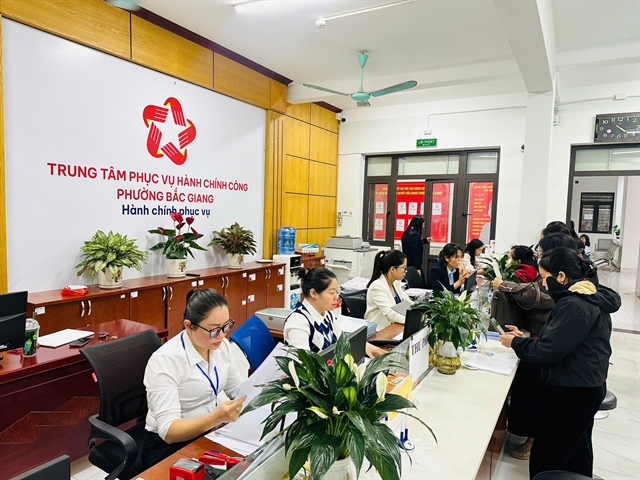
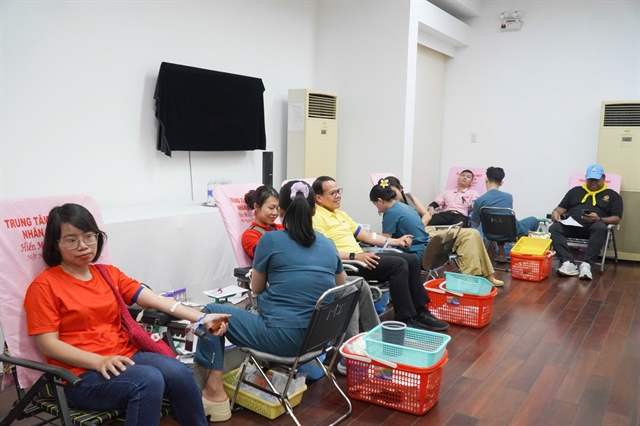
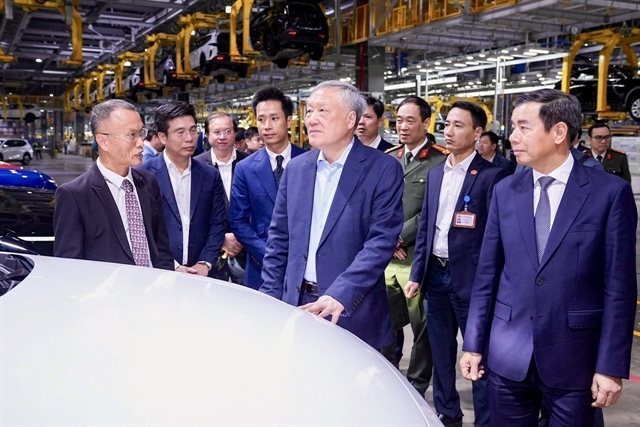
.jpg)